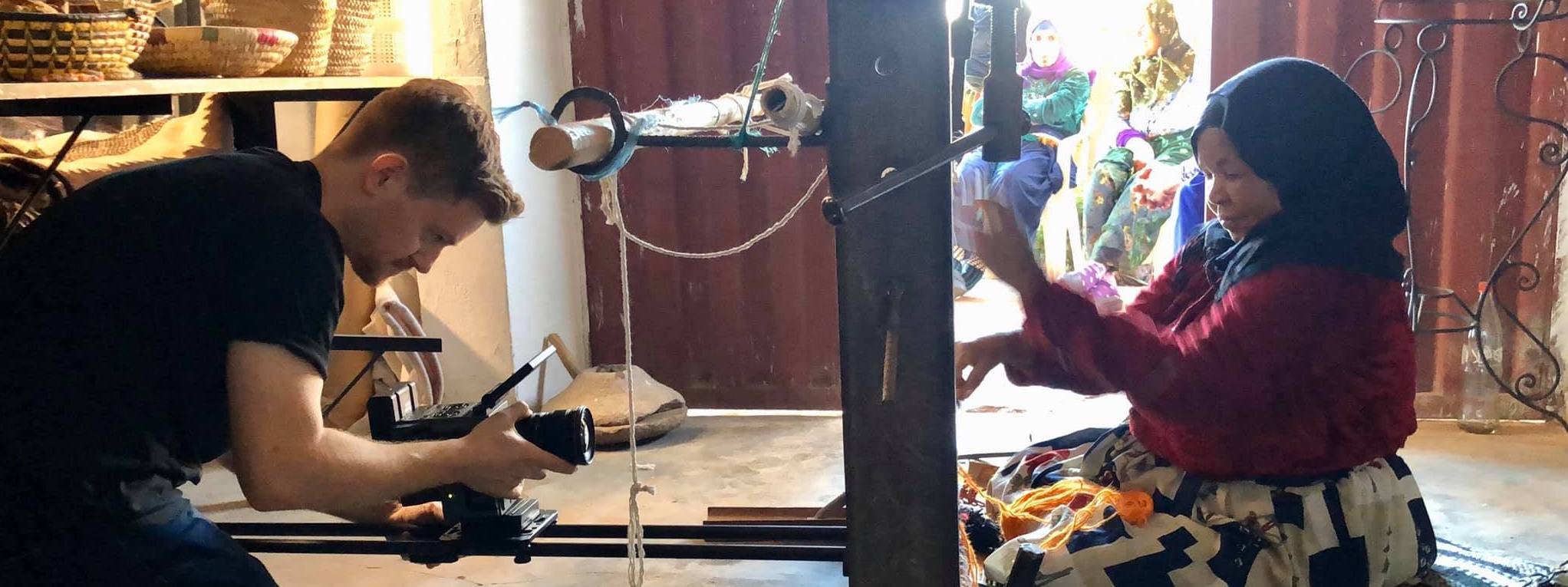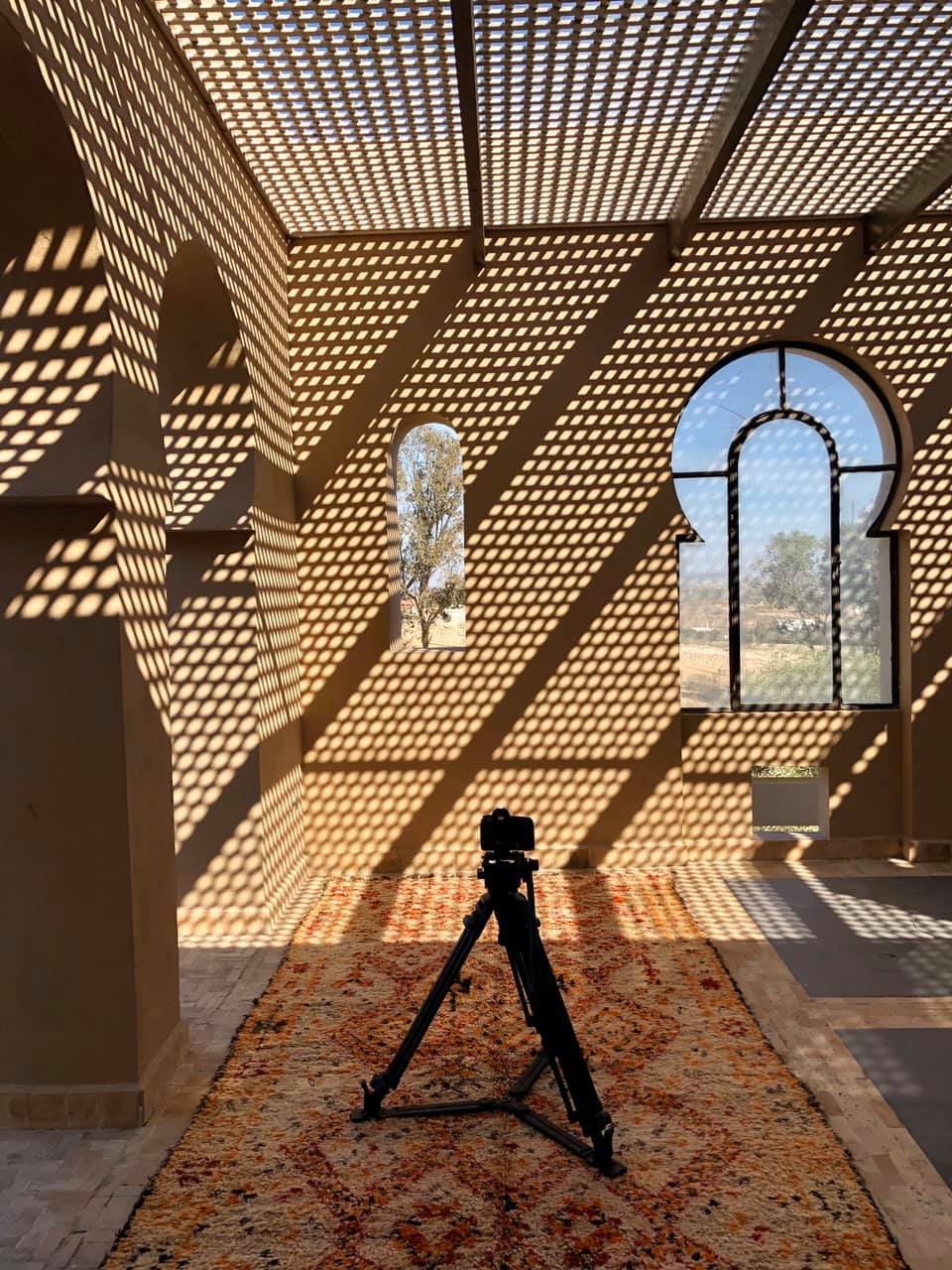In 2021, I shot my debut feature film, Mother Midnight (서까래) in the tiny rural town of Buyeo, South Korea. The film’s total budget was less than most shorts, but what our team lacked in finances we more than made up for in passion and determination.
The film was an incredible experience from start to finish and I will write more in-depth posts about the whole shooting process and the movie itself in future blogs but this is just a short post to announce that Mother Midnight has just won Best Feature Film at Barnes Film Festival 2023 in London.
A still frame from a scene in the film
It was a huge honour just to be selected in a prestigious festival like Barnes, but winning Best Feature really was special and a huge achievement for the whole team behind the film. Particular credit should be heaped upon the film’s two leads Jiwon Lee and Jongho Lee, and the film’s cinematographer Thomas Maitland.
As a freelance filmmaker in Korea, working in independent film can sometimes leave you wondering if you are completely mad and if what you are creating won’t resonate with anyone but yourself. So getting recognition such as this is a great encouragement for me to keep following my artistic vision and goals with passion and enthusiasm.
The film has had a great festival run with it so far being an official selection at five other major international film festivals.













































